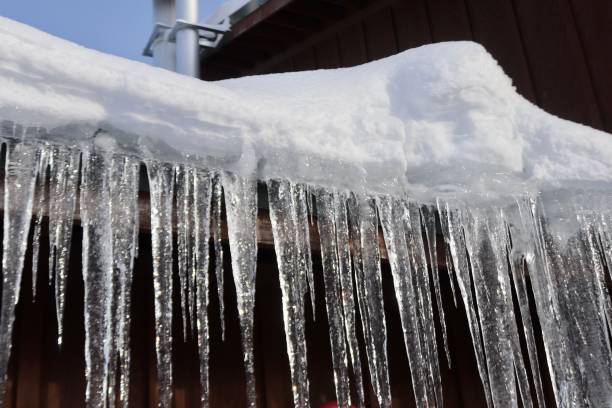Avoiding Pipes from Freezing: Top Tips
Avoiding Pipes from Freezing: Top Tips
Blog Article
Just how do you feel on the subject of Helpful Tips to Prevent Frozen Pipes this Winter?

Winter can wreak havoc on your plumbing, specifically by freezing pipes. Here's how to stop it from taking place and what to do if it does.
Intro
As temperature levels decline, the threat of frozen pipelines rises, potentially resulting in expensive repair services and water damage. Understanding how to stop frozen pipelines is essential for property owners in cold environments.
Avoidance Tips
Insulating susceptible pipes
Cover pipelines in insulation sleeves or make use of warmth tape to protect them from freezing temperatures. Focus on pipes in unheated or exterior locations of the home.
Heating strategies
Keep indoor spaces appropriately heated, especially locations with plumbing. Open up cabinet doors to allow warm air to circulate around pipes under sinks.
How to determine icy pipes
Seek decreased water flow from taps, unusual odors or sounds from pipelines, and visible frost on revealed pipes.
Long-Term Solutions
Architectural adjustments
Consider rerouting pipelines away from outside walls or unheated locations. Include additional insulation to attic rooms, basements, and crawl spaces.
Upgrading insulation
Invest in premium insulation for pipelines, attics, and walls. Correct insulation helps keep consistent temperatures and minimizes the risk of frozen pipes.
Protecting Outdoor Plumbing
Garden pipes and exterior faucets
Separate and drain yard hoses before wintertime. Install frost-proof faucets or cover exterior faucets with shielded caps.
Understanding Icy Pipes
What triggers pipelines to ice up?
Pipelines ice up when subjected to temperatures below 32 ° F (0 ° C) for extended durations. As water inside the pipelines ices up, it expands, putting pressure on the pipeline wall surfaces and potentially causing them to break.
Threats and problems
Icy pipes can result in water disruptions, residential property damages, and pricey fixings. Ruptured pipelines can flood homes and trigger extensive architectural damage.
Indicators of Frozen Piping
Recognizing frozen pipelines early can avoid them from bursting.
What to Do If Your Pipelines Freeze
Immediate actions to take
If you suspect icy pipes, maintain faucets open up to soothe pressure as the ice melts. Make use of a hairdryer or towels soaked in warm water to thaw pipes gradually.
Conclusion
Stopping frozen pipes calls for proactive actions and fast feedbacks. By understanding the reasons, signs, and safety nets, homeowners can safeguard their pipes throughout winter.
5 Ways to Prevent Frozen Pipes
Drain Outdoor Faucets and Disconnect Hoses
First, close the shut-off valve that controls the flow of water in the pipe to your outdoor faucet. Then, head outside to disconnect and drain your hose and open the outdoor faucet to allow the water to completely drain out of the line. Turn off the faucet when done. Finally, head back to the shut-off valve and drain the remaining water inside the pipe into a bucket or container. Additionally, if you have a home irrigation system, you should consider hiring an expert to clear the system of water each year.
Insulate Pipes
One of the best and most cost-effective methods for preventing frozen water pipes is to wrap your pipes with insulation. This is especially important for areas in your home that aren’t exposed to heat, such as an attic. We suggest using foam sleeves, which can typically be found at your local hardware store.
Keep Heat Running at 65
Your pipes are located inside your walls, and the temperature there is much colder than the rest of the house. To prevent your pipes from freezing, The Insurance Information Institute suggests that you keep your home heated to at least 65 degrees, even when traveling. You may want to invest in smart devices that can keep an eye on the temperature in your home while you’re away.
Leave Water Dripping
Moving water — even a small trickle — can prevent ice from forming inside your pipes. When freezing temps are imminent, start a drip of water from all faucets that serve exposed pipes. Leaving a few faucets running will also help relieve pressure inside the pipes and help prevent a rupture if the water inside freezes.
Open Cupboard Doors
Warm your kitchen and bathroom pipes by opening cupboards and vanities. You should also leave your interior doors ajar to help warm air circulate evenly throughout your home.

I was guided to that report on Helpful Tips to Prevent Frozen Pipes this Winter from an acquaintance on a different web address. Loved our blog entry? Please share it. Help another person check it out. Thanks for your time invested reading it.
Book 24/7 Report this page